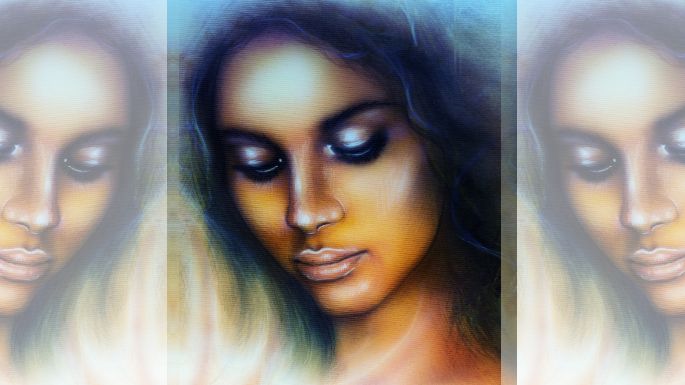
The dark-skin stigma
In Pakistan—and in fact in the vast majority of South East Asia—it is not uncommon or even minutely surprising for pregnant women to pursue a myriad of superstitious rituals to ensure that their offspring-to-be will be “fair” in complexion. In the local Urdu/Hindi vernacular, “Gora/Gori” refers to the color white as used to define someone with a fair complexion. Yet, as opposed to its obvious connotations, it is everything latent that the term implies that has come to bear such an immense importance in the Pakistani society today, one that has permeated to the core of the society and subjugated a people.
Rooted in the past, in the days of the British Raj in the Subcontinent, the term “Gora” was used to refer to the British people due to their fair complexions. Naturally, the word started to become associated with white supremacy. In a time of mystery and superstition, materialistic parameters such as fair complexions started purporting an unparalleled importance amongst the local people, and it was the term’s association with influence, imperialism and domination that lofted its worthiness. Consequently, the local people, even after the British had vacated the Subcontinent, kept up the practice of conferring varying degrees of importance on people, depending on how “Gora/Gori”—or fair in complexion—these people were.
So many years on, and we now have a society that has maintained its insular and parochial—albeit apparently self-righteous— ideals pertaining to how someone can be judged solely on the basis of his/her skin complexion. In houses, offices and commercial markets alike, ads advertising fairness creams and lotions are ubiquitous. People, and surprisingly even the ones that hail from privileged and educated backgrounds, choose to opt for surgical and medical procedures that would perhaps change the landscape of their skin—something that they deem more worthy than any other immaterial attribute that a person might possess. Girls, who are mostly judged on the basis of their marriage prospects, also go through an emotional turmoil if their skin complexions are dark.
What is disheartening, however, is not that people view complexion as a most important factor of a person’s personality in Pakistan and the likes; instead, it is this very notion of focusing solely on a person’s physical appearance and ignoring other aspects in a spectrum that strikes me as astounding. What most of the older people fail to recognise is that there exists no connection between Melanin—a biological component that dictates our skin color—and a person’s heart; those two variables have no ongoing correlation. In my time interacting with people from various walks of life, I have seen people who are “unadulterated” and “pure”—in terms of their skin complexions, at least—but who have nevertheless given places to hearts that foster nothing but animosity for those around them. At the same time, I have also met with and know people who are perhaps not as “pure” as their “fair” counterparts, but who still have the hearts to help those in need, to put others before their own selves, and to rejoice in others’ happiness.
Pakistan is a nation of many great minds and people, and it is a nation that has come to be owing to the many selfless sacrifices that its founders made. Yet, there are still some values and beliefs that it has retained from its time within the subcontinent. However, considering that it has been a long time since the nation first came to existence, parochial parameters and indicators of someone’s worthiness—skin complexion, to name one—are still dominant and plague every nook and corner of the nation, pardoning none. Regardless, I have never personally seen how beauty and aesthetics can possibly be linked with someone’s skin color; for example, it is not uncommon for the Bollywood industry to hire models that have a dark complexion. Similarly, and within the same context, it is also true that many of these models who excel have complexions that would perhaps have been deemed too “Kaalay”—or black—to be of any substantial worth otherwise. And this is in no way a rant that has spurred out of my own frustration while facing rebuke from those around me; personally, I have an exceedingly fair skin complexion. Regardless, these are thoughts that have recently been crossing my mind, and contrary to popular belief, they are in no way born out of my own battles with a dark skin complexion that I do not have.
